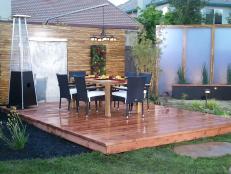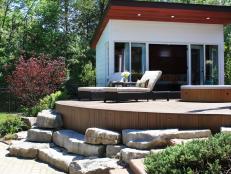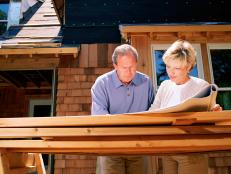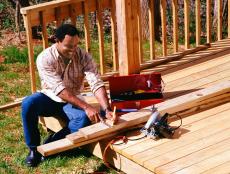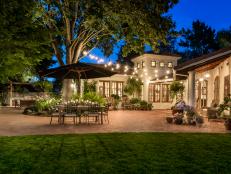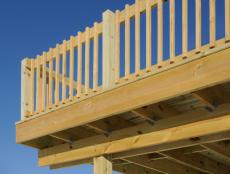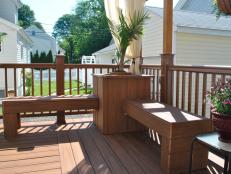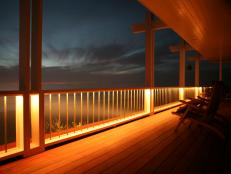Decks for Every Location
Learn about the best options for deck locations

If you're planning a deck project, the first thing you'll want to consider is the deck location. There are many options available to you, depending on the configuration of your home and the outdoor space you've chosen for the deck.
The simplest, and in many cases most affordable, deck location is directly adjacent to a home on a relatively flat portion of land. This platform style of deck sits low to the ground, allowing for easy access. One thing to focus on with this deck location is to ensure that all deck materials are treated for direct ground exposure to prevent rot and decay.
A raised or tiered deck may also be located adjacent to a home. This type of deck works best in a location with varied ground heights, so it can conform to the contours of the ground. Raised decks are generally more expensive and must incorporate safety features like railings.
Two-story decks make the most sense for locations with easy access to the second story of a home. The bottom portion of the deck generally allows for first-floor entry, and is connected to a top section, which allows for second-floor entry.
Finally, freestanding decks can be a great option for homes without a natural deck location adjacent to the home structure. With sufficient outdoor space, freestanding decks can incorporate features like gazebos and multiple levels to great effect.
To preserve the look and feel of wood but upgrade in terms of longevity, you might want to consider a redwood or cedar for your decking materials—they make for gorgeous decks and are naturally resistant to warping, cracking and pests. The downside: they're about three times as expensive as pressure-treated lumber, In the same price range are tropical woods like ipe (pronounced e-pay), which are extremely dense and pest resistant and considered to be some of the most beautiful decking materials available.
If you're willing to sacrifice some of the look and feel of pricey hardwoods, composite wood may be a good option. Composed primarily of wood fibers and recycled plastic, composite wood comes in a wide range of colors and stains, and it won't warp, split or crack.
A rarer option, but one that you might want to consider, is aluminum decking. It's the strongest and most long-lasting decking material, but it's also the most expensive at around $9 per linear foot.
By exploring the decking material options available to you, you'll be able to find the material that offers the best combination of beauty, durability, maintenance and cost for your home.
See also: Deck and Patio Design Ideas






